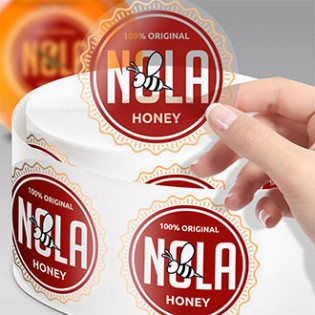If you run a business that deals in hazardous chemicals, you are probably familiar with the term “Globally Harmonized System of Classification and Labeling of Chemicals” in short form GHS. All chemical labeling require you to use GHS labels to be able to meet all the required standards. Read on to find out more about GHS labels and what they entail.
What is GHS and Why was it Developed?
GHS is a system created by the United Nations used to standardize and harmonize the classification and labeling of chemicals. The system defines physical, health and environmental hazards of chemicals, creates classification process that uses available data on chemicals for comparing with the defined hazard criteria and communicates protective measures as well as hazard information on labels and SDS (Safety Data Sheets). It was developed as a protective measure to promote safety to all who are exposed to chemical’s life cycle and to transmit information about those hazards. It also helps to classify hazardous chemicals.
Who is Affected by GHS?
GHS labels make it easier for companies dealing in hazardous chemicals to promote safety to everyone potentially exposed to their products. These labels together with safety data sheets give consistent information about hazardous chemicals. However, hazardous chemicals labeling and classification requirements vary since different sectors are covered like consumer goods, workplace, transport and pesticides.
How to Design a GHS Compliant Label
There is no set standard for a GHS label format but certain label elements need to be met. Generally, GHS labels should include:
- Symbols/ Pictograms: A GHS label should have a pictogram to convey physical, health and environmental hazard information. These pictograms have a white background with a black symbol centered in a red diamond shaped frame.
- Signal words: The words “Danger” and “Warning” are commonly used to indicate the relative severity of the hazard level.
- Hazard statements: These statements show the degree of the hazard at hand and the nature of the hazard.
- Ingredient disclosure: This is a product identifier and it is a name or a number used to create awareness of a hazardous product. The product identifier should match both on the label and on the safety data sheet.
- Supplier identification: Should show the product supplier’s address, name, and phone number
- Precautionary statements & Pictograms: These are to prevent or minimize adverse effects on health, physical and environmental hazards. First Aid should be included in the precautionary statements.
Types of Label Materials to Use
GHS labels need to be durable and should be able to withstand harsh weather conditions. They usually use a permanent adhesive to ensure that these labels are not easily removed. In the event that containers having hazardous products are washed at shore, they should still have these labels on to warn of impending danger. Any ink can be applied on a GHS label but it is best to test the label and ink first to ensure they meet specific environment applications. Common GHS label materials used for GHS labels include the semi-gloss paper, thermal transfer paper and white polypropylene film. If you are not sure which material best suits your product, contact Cut Sheet Labels to get more information.







